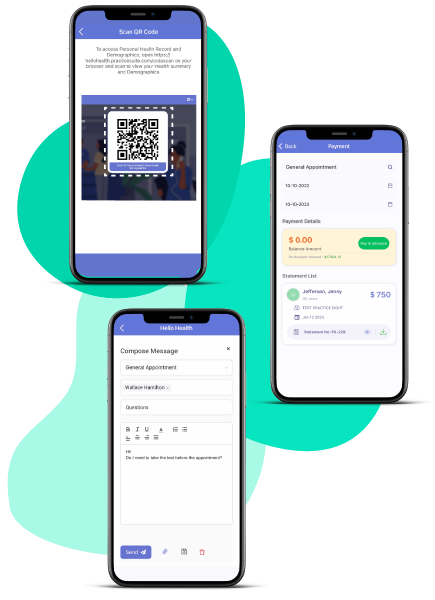Why Is It So Hard To Get Your Health Records?
Why Is It So Hard To Get Your Health Records?
Accessing your medical information should be easy. Yet, many people experience delays, incomplete records, and disconnected systems when retrieving health information.
The underlying problem is healthcare data fragmentation. This means that patient information is dispersed across systems, providers and institutions, preventing patients and even healthcare providers from having a complete picture.
Several factors play a role in that:
- Healthcare institutions may have different electronic medical record (EHR) systems that don’t communicate with each other. This means your medical history may be stored in different locations on different platforms.
- There is no universal standard for recording or sharing health data. Different systems use different formats, terminology, and coding, which makes integration a challenge.
- Regulations such as HIPAA that protect patient privacy can also prevent systems from sharing data.
- Many patients do not know their rights to access health data and some providers are hesitant to share records due to liability concerns.
- Outdated technology in many healthcare institutions makes it difficult and expensive to integrate newer technologies.
This fragmentation has serious consequences. Providers may not be fully informed, leading to misdiagnoses, unnecessary testing and treatment delays. Patients complain of having to request records from several different sources and incurring additional costs.
It also increases healthcare costs because of duplicated tests and administrative inefficiencies. Finally, fragmented data limits opportunities for healthcare research and innovation.
Is there a solution?
Fortunately, solutions are developing. Interoperability initiatives aim to enable different EHR systems to exchange information seamlessly. Data standardization using standards such as FHIR can improve data accessibility across platforms. Patient portals and apps like HelloHealth are emerging that allow people to view and manage their health records.
Blockchain technology provides a secure, decentralized way to store and share health data, allowing patients more control. Health information Exchanges (HIEs) are systems that connect disparate systems to share Information. Finally, educating patients regarding their rights and advocating for better solutions are necessary.
What can you do?
Ask your provider about your health data access rights. Use patient portals and health apps to centralize your records. Keep digital copies of important medical documents yourself. And advocate for policies that encourage interoperability and patient data access.
How HelloHealth Can Help
HelloHealth’s app includes a health records function to help consumers manage their medical records. By combining patient records into one easy-to-use platform, HelloHealth eliminates the need to navigate multiple systems or request data from multiple sources.
How this feature helps patients:
- Centralized Health Records: Patients store and have access to all their health records in one location so they’re complete and accessible when need be.
- Secure Data Sharing: HelloHealth’s platform allows users to share their health data with providers securely to communicate and coordinate care.
- Accessibility: This feature is focused on the user experience – patients can access their records from anywhere using a mobile app or internet portal.
- Empowered Decision-Making: Patients can access their medical data to make informed choices regarding treatment, work with doctors and also take hands-on measures toward better health outcomes.
- Integration with Providers: HelloHealth enables patients to connect with providers, share health records, and integrate them into clinical workflows to reduce duplication and increase efficiency.
The healthcare industry is becoming more connected and patient-centered. However, providers, governments, technology firms, and patients should work together to achieve a future with seamless data access.
Resolving the causes of fragmentation and adopting new solutions will allow individuals to take control of their health.

